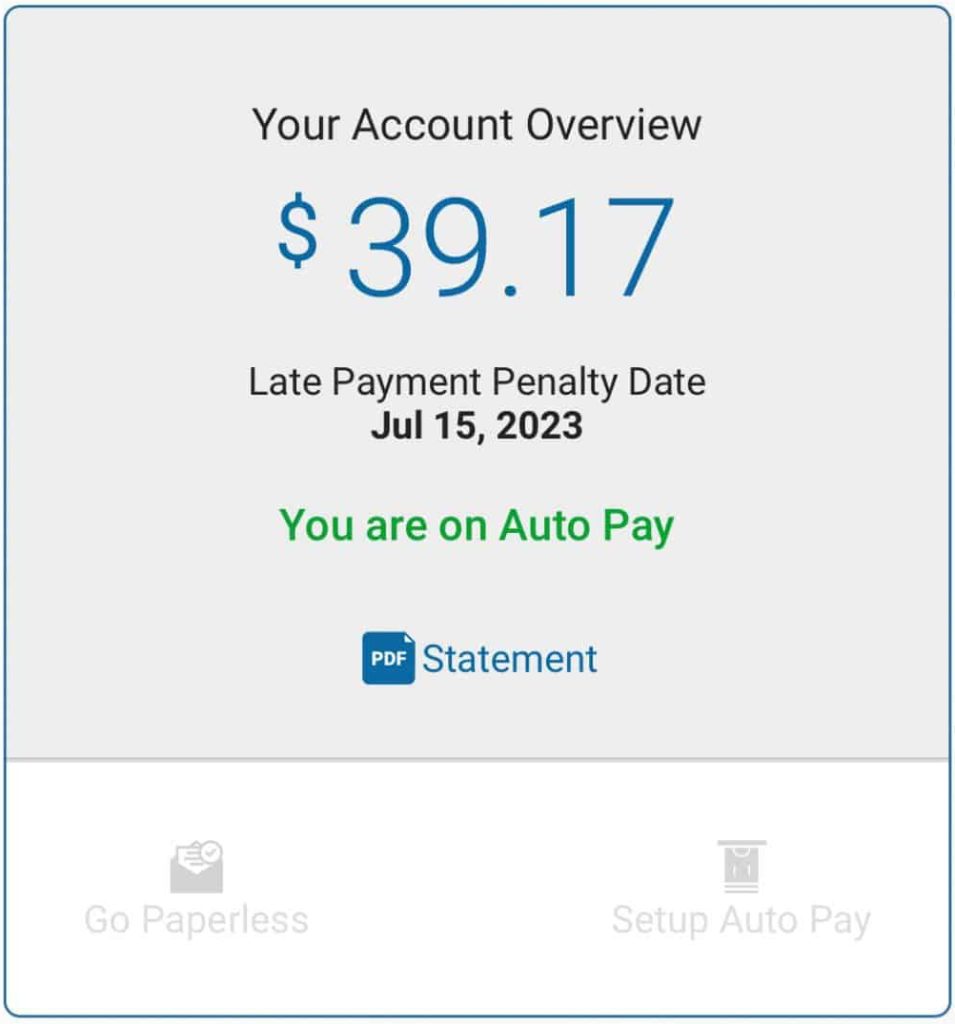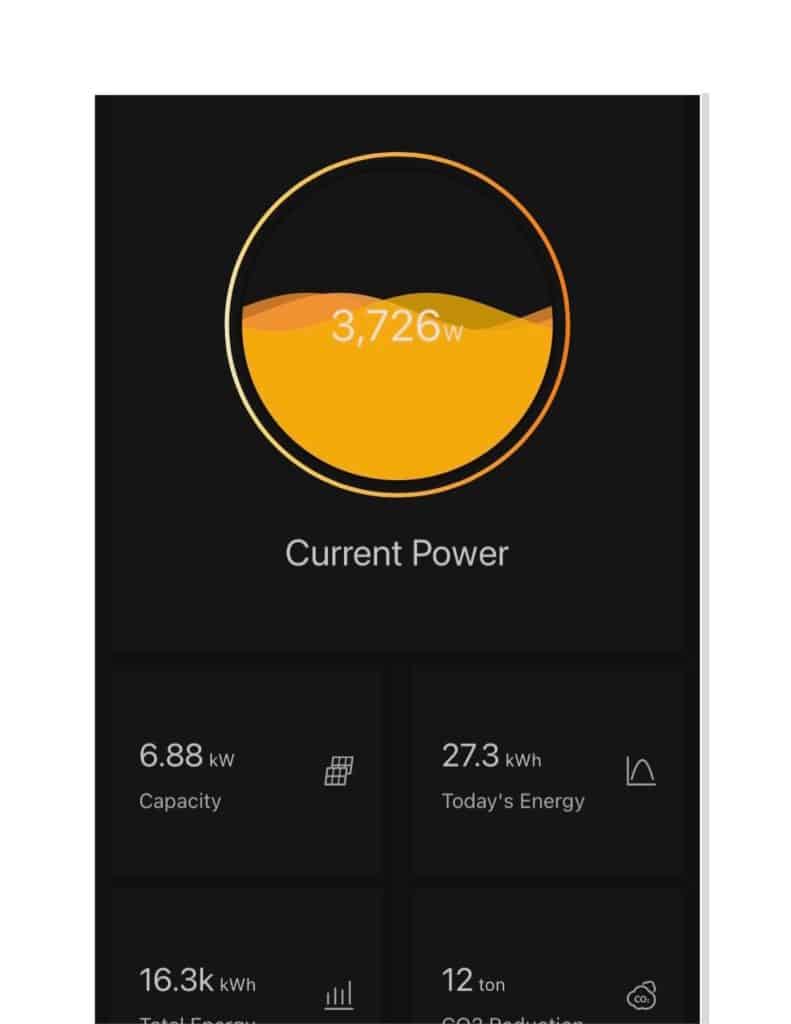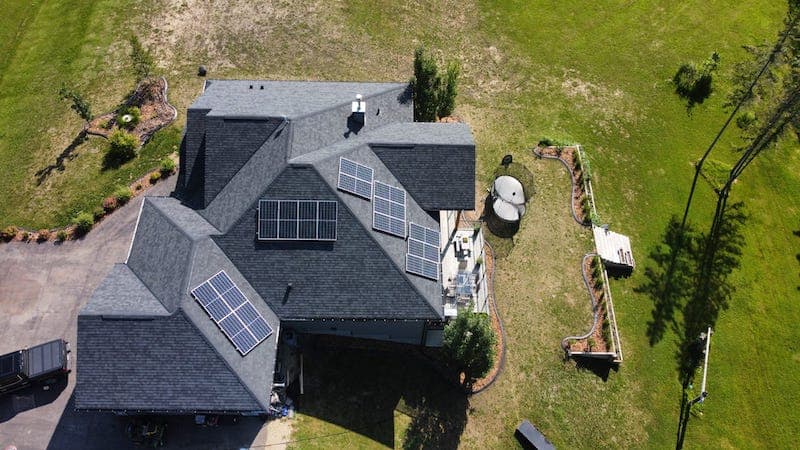Did you know that solar power is the world’s most abundant resource? More solar power hits the earth in one hour than can be used by the world’s population in one year. When it comes to living in Alberta, where we get 2299 hours and 321 days of sunshine per year, solar is the way of the future.
There are currently two homes at Spring Lake Ranch with solar power and this month marks 2 years since the panels were installed. For those of you that are interested in the cost, process and production, read on!
Installation process
Solar panels can be retrofitted on your home after it is built. We actually recommend doing it this way so that you can apply for the Greener Homes Grant (add link). You will have an auditor come out prior to beginning the process to inspect your home for eligibility, take photos and begin the process for applying for the grant.
Cost
The cost of solar will be determined by the size of your home and the number of panels needed to power your family. Ideally you want your panels on the south or south/west side of your roof for optimum power generation. Typical installation costs seem to be in the $20,000 to $50,000 dollar range. Currently, the government is giving a loan of up to $40,000 for solar panels. This is definitely worth exploring!
Power Production
This is the exciting part! You can sell your excess power generated back to the grid! Each utility company will have different rates that they buy your power back at depending on your contract. Therefore, you are only charged the difference between the power you use from the grid and the power you sell back to the grid, making solar power a cost effective way to reduce your monthly utility bill. During the high producing summer months, you may not even see a bill!
Here are the stats for two years since the homeowners have installed solar power:
Home: 3400 square feet of living space, family of 5
- Total power generated = 15,700 KWH
- Highest utility bill = $134.70
- Lowest utility bill = $8.61
- Number of months with $0 bill = 5 months

Selling back to the grid
This is the exciting part! You can sell your excess power generated back to the grid! Each utility company will have different rates that they buy your power back at depending on your contract. Therefore, you are only charged the difference between the power you use from the grid and the power you sell back to the grid, making solar power a cost effective way to reduce your monthly utility bill. During the high producing summer months, you may not even see a bill!
See below for the stats from one solar generating home in SLR:

Impact on the Environment
Here’s the other great component, solar power helps reduce strain on the grid and CO2 emissions for power generation. You can see your overall power production and the rate of CO2 reduction both on an APP that tracks your statistics:
Metrics about what 1 ton CO2 reduction is equivalent to in other processes
- equivalent of driving 36,800 km
- 25 million straws
- Equal to the weight of a great white shark
Upkeep in Alberta
For the most part, there is not a lot of upkeep for solar as they are designed to be low maintenance. Depending on where you live and in order to achieve maximum production, it is recommended to clean your solar panels at least twice per year to remove the dirt and debris collecting on them. The longer you leave them, the harder it will be to get the layer of grime off- so we most definitely recommend taking the time to clean them.
Energy Production in Cloudy Weather or Winter Months
One of the main disadvantages of solar energy is that it can be weather dependent. Both snow coverage and cloudy days will reduce the amount of power generated by your solar panels. To deal with the snow, you can purchase an extendable snow rake to clear your panels. As for the clouds, there is not much you can do about those but rest assured, you will make up for lost production during the long, sunny summer months.
For the Win!
Ever since installing solar power two years, both home owners are thrilled with the results. The monthly savings coupled with the fact that these homes are being powered by a renewable power resource, make it a winning combination.

